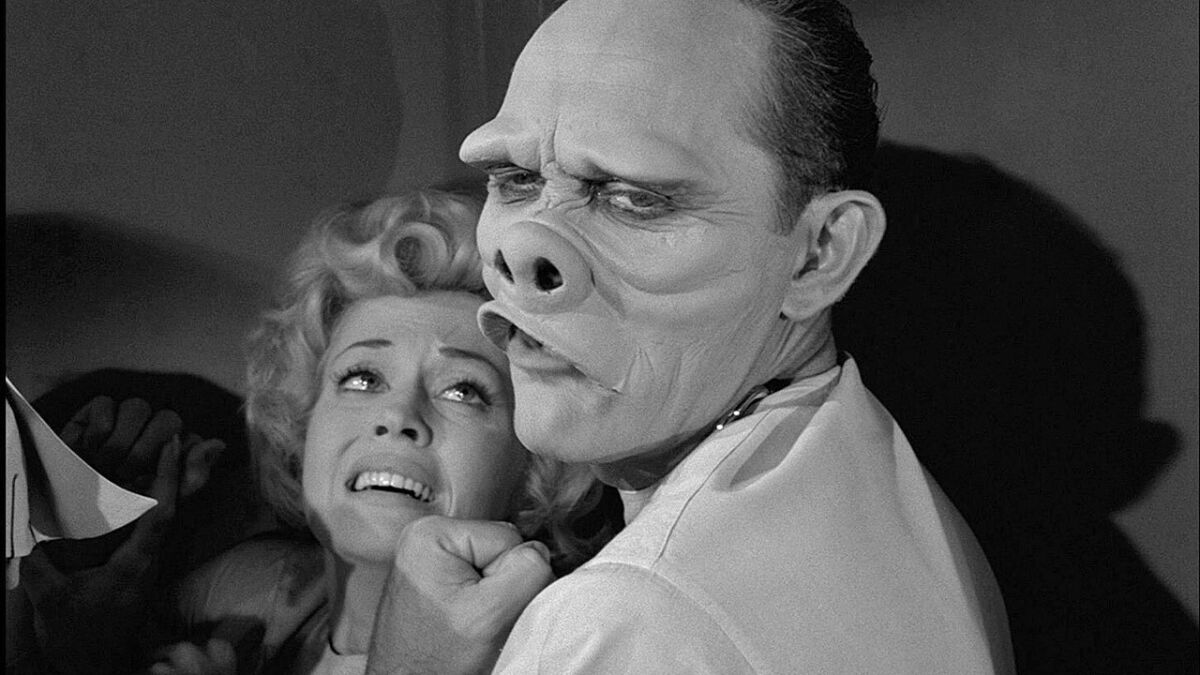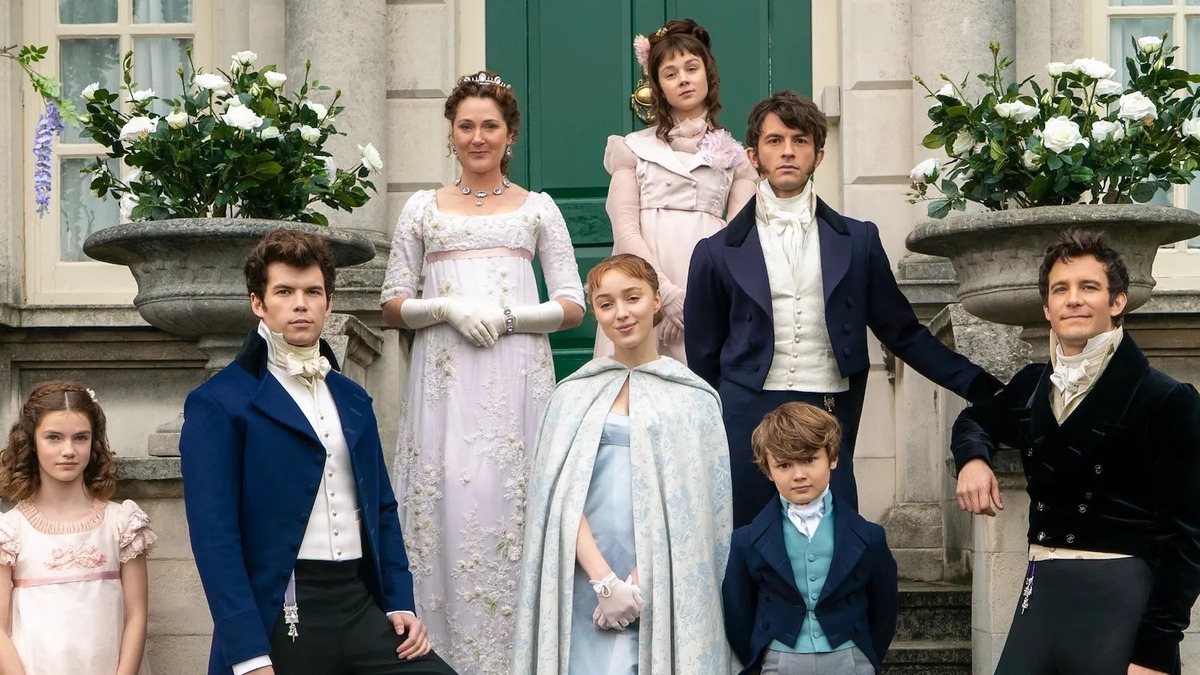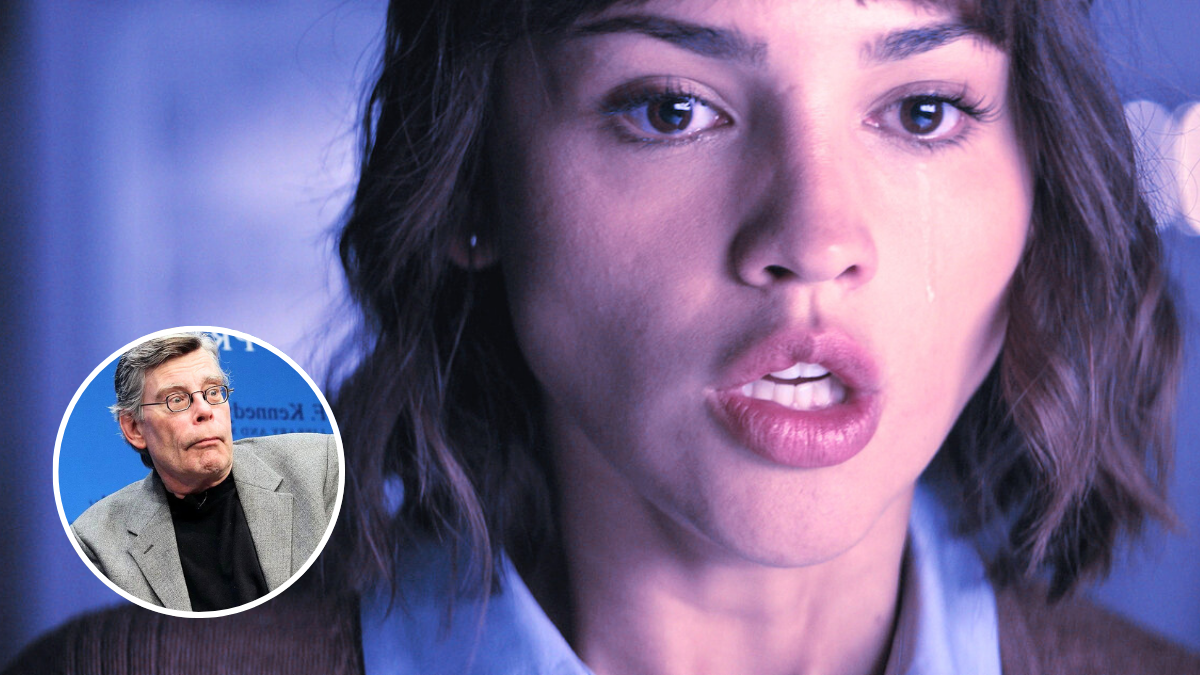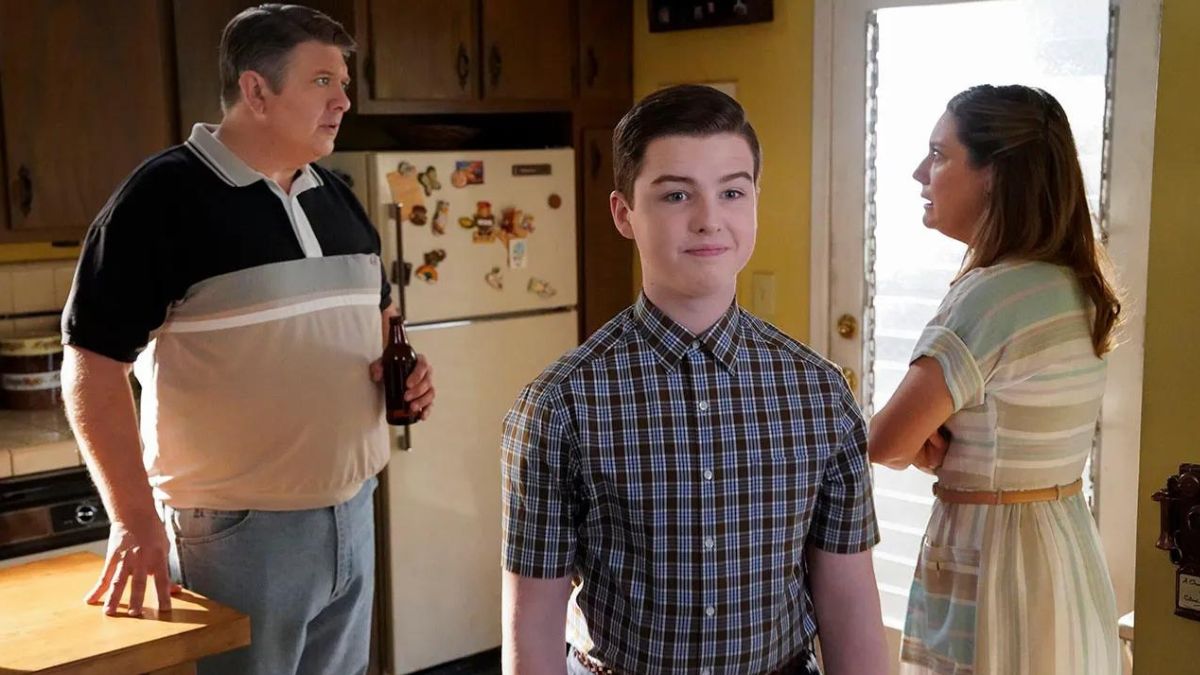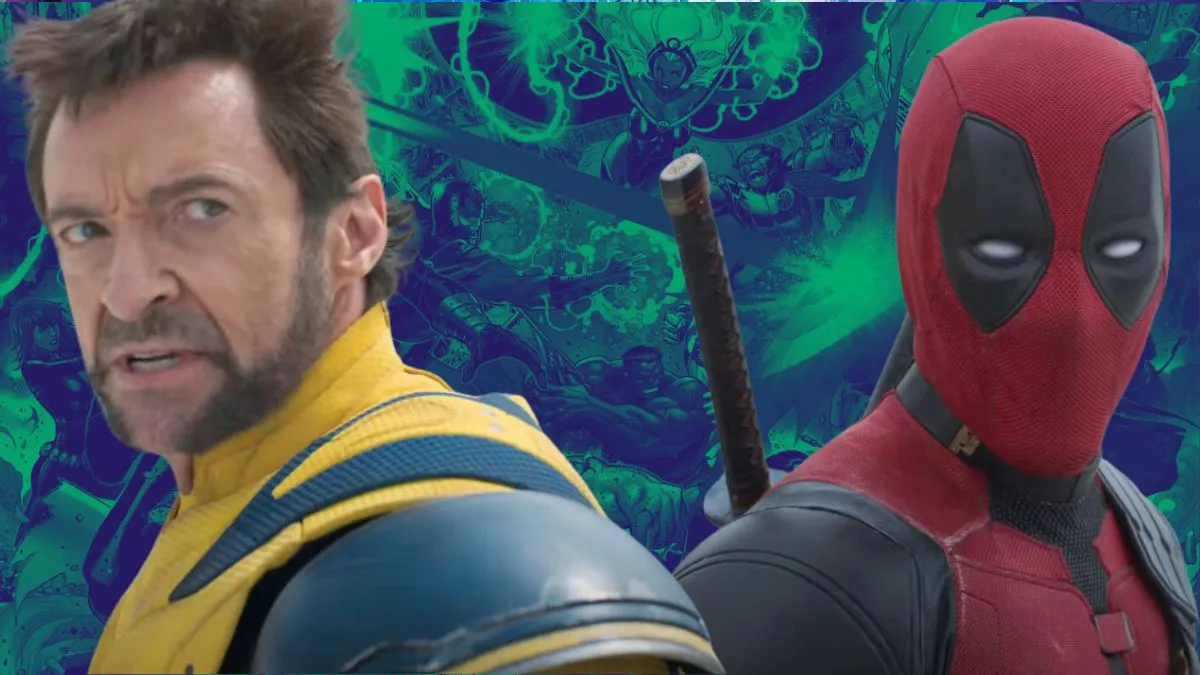The original Twilight Zone created and presented by Rod Sterling from 1959 to 1964 had some groundbreaking and iconic episodes. Many of the themes in the original series deal with the crushing of the human spirit and isolation, inspired by the first two World Wars and the Cold War taking place when it originally aired.
From its iconic themes song to Rod’s signature voice saying: “You’re about to enter the Twilight Zone,” the series really does feel like a classic glimpse into a bygone era. While it’s worth watching the series from start to finish and enjoying every ounce of the bizarre macabre, curious future fans may want to check out the very best episodes first.
15. “Living Doll” – Season 5, Episode 6
There are many times when the Twilight Zone deals with unsavory characters getting their comeuppance, a lesson in morality if you like, and the consequences of unethical behavior. The series was deeply humanist and aware of the sins and weaknesses of the flesh, and the prices those carried. As the title suggests, the episode is about a talking doll, Talky Tina, who extracts justice on the mean stepfather of the little girl she’s been gifted to.
It’s a real reversal of roles as a brutish angry man is defeated by a sweet-looking doll, who decides that male violence and aggression are not acceptable. Early in the episode, Tina warns him that she doesn’t like him, and rather than attempt to soften, the stepfather becomes more aggressive, resorting to trying to destroy the doll to no avail.
Tina is definitely a precursor of later demonic dolls such as Annabelle and Chucky, but the only difference here is that she only targets those who go against the little girl. The episode ends with Tina warning the girl’s mother that a similar fate awaits her if she is also out of line.
14. “Five Characters In Search Of An Exit” – Season 3, Episode 14
There’s a deep sense of angst in this episode, reminiscent of the greatest works from the existentialist movement by Beckett or Satre. Five characters, complete strangers to each other, find themselves trapped in a metallic cylinder, unable to climb through the opening at the top. They have no idea where they are, how they got there, nor where they’re headed. They speculate on who they are, on what is reality, all of which remind us of our constant struggle for meaning and control.
This episode is a classic because of the big reveal and without explicitly giving too much away, it might have strangely enough inspired a Pixar film from 1995, which in itself was quite revolutionary.
13. “To Serve Man” – Season 3, Episode 24
Never has the saying “too good to be true” been truer. The episode mocks human arrogance when it comes to our place in the universe, which ultimately renders us naive and weak. Telepathic aliens arrive with advanced technology and are willing to share it with us. They also offer luxurious trips to visit their planet, where the passengers on the spaceship are treated extraordinarily, each in their own cabin and with generous room service. The best thing is that aliens arrive with a book whose title is translated to read To Serve Man.
For Twilight Zone fans, this is one episode to recount because of its spine-tingling ending, where the main character is about to board the alien spaceship only to discover the full meaning of the book.
12. “The Midnight Sun” – Season 3, Episode 10
Don’t watch this one during a heatwave, that’s for sure. The sensation of “what if” resonates strongly here as we feel totally powerless like the characters as the Earth has spun out of its orbit and is headed towards the sun.
The episode takes place in an apartment where an artist and her landlady are the only residents left in the block as everyone has fled trying to escape the impending disaster. There is no longer any nightfall, hence the title, and the temperature keeps rising, eventually popping the thermometer in the kitchen as the main character screams “It’s so hot” before descending into madness.
This has a mix of both the creep factor and also the big reveal, which is equally desolate but for very different reasons. It leaves us with the sensation of how powerless we can become in the greater scheme of things and how our attempts to alleviate suffering through art (the artist’s painting of a cool waterfall begins to melt) are trumped by the harshness of reality.
11. “The Monsters Are Due On Maple Street” – Season 1, Episode 22
Maple Street could not be a more typical suburban street. This is the perfect setting to bring out the monsters and who they really are. Its eeriness comes from the fact that even though there are supernatural elements at play, an alien invasion, the real monsters are us. The neighbors converge in the street and are fed information about aliens by a child who reads sci-fi stories – fake news, anyone? Hysteria ensues as the neighbors are overcome by fear and succumb to confirmation bias.
They turn on each other, trying to decide who the invading monsters are. They begin to focus on those who are different from them, but soon their paranoia is directed towards everyone. This echoes many moments in history from the Salem Witch Hunts to McCarthyism. Our lack of unity is what makes us vulnerable and we are more likely to destroy each other than any other possible threat, whether supernatural or not.
10. “Where Is Everybody?” – Season 1, Episode 1
The pilot establishes one of the main themes throughout this show, that of the isolation of humans in an ever-expanding universe due to technological advances. It also was written by Rod Serling and really set the tone and feel of what the entire show would be about.
An airforce pilot finds himself on the outskirts of a deserted town. He walks through streets, malls, theatres, and diners — places that we associate with human activity — yet he’s totally alone. His paranoia builds when he spots a display of paperbacks in a bookshop all titled The Last Man on Earth and it crescendos into his desperate cry that gives the episode its title.
The scenes of deserted streets and establishments are eerily more familiar to us now than when the episode aired over 60 years ago. The big reveal points to a frailty in humans and our need for each other. Without that, we lose our sense of who we are and we are unable to face the expanse and unknown that is our universe.
9. “The Invaders” – Season 2, Episode 15
A woman living an almost primitive life in the countryside is invaded by miniature aliens. She’s alone and fights off their sophisticated technology with rudimentary objects. Our sympathy for the woman is heightened not only because she’s elderly and alone, but also because she seems rather simple, never speaking, but letting out groans instead, which could indicate that she is also mute, and as such more vulnerable.
She finally manages to defeat the invaders by destroying their spaceship. Again, as with all great reveals, nothing is what it seems, but the viewer is made aware that any invasion is horrific no matter what side you’re on and that all beings are right to defend their home.
8. “It’s A Good Life” – Season 3, Episode 15
The world has ended and there’s only one town left. The town seems idyllic enough and the people living there, on the whole, seem decent, but there’s one problem. Anthony Fremont is a god-like 6-year-old who terrorizes the town folk, including his parents. He has the power to read minds and if anyone thinks negative thoughts or displeases him, he turns on them by either banishing them to a place he calls the cornfield, or he turns them into whatever grotesque form that is conjured by his imagination.
The episode delves into the nature of evil. Are we born that way or does a lack of discipline by our parents and adults in general create future monsters? There are also hints of the dogma of happiness that we all adhere to, the pretense that all is good and well, so we don’t have to deal with it, when clearly they are not.
7. “Eye Of The Beholder” – Season 2, Episode 6
The episode centers around a woman who is undergoing surgery as the last attempt to remedy her severe deformity. The woman’s face is bandaged while she recovers and she’s comforted by a doctor who tells her that if the operation doesn’t work, she can always live in quarantine with others who have a similar deformity. Again, without giving too much away, when the bandages are removed and the nurses and doctors are horrified by the woman’s appearance, we realize that beauty is indeed in the eye of the beholder.
The episode deals with our perception and our struggle to accept anything that appears different. It speaks of our classification of what is normal, stressing that it’s determined not by reliable criteria and objective analysis, but more by the rule of the majority. And how anyone not fitting that rule often is treated as an outsider.
6. “Time Enough At Last” – Season 1, Episode 8
This is another example of the shock ending, one that has been recounted by Twilight Zone fans, mainly due to both its intensity and simplicity. A put-upon bank clerk yearns to have time to dive into his books, preferring that to any form of human interaction. One day while having his lunch break in the bank vault (because it’s the only place he can get the space to read), the world is destroyed by a nuclear bomb. He exists to find his neighborhood has been decimated and no one else has survived. In the midst of his despair, he realizes that all the books in the public library are safe and that finally he’s got all the time to read them. Ideally, it would end here, but being the Twilight Zone, you always pay a price for getting what you wish for, which I won’t reveal here.
The episode leaves you with a pang of despair of how cruel life can be, and how easily things can turn from bad to good to bad again. It’s a cautionary tale of not being too misanthropic and becoming too immersed in our own heads.
5. “Will The Real Martian Stand Up?” – Season 2, Episode 28
In the ’50s and ’60s, the narrative of a Martian invasion seemed to be more about the Cold War and the threat of the other. Written by Rod Serling, the plot revolves around people gathered in a diner during a snowstorm where two police officers show up after a report of aliens in the area. Again, we’re in the territory of the fear of the other, who is the invader, and what do you base your assumptions on? It highlights how quick we are to point at others, to judge their behavior, and be swayed by our confirmation bias.
The beauty here is that we literally have two big reveals, with the Martian revealing his identity once he believes it’s safe to do so, only to be outdone by the “person” he has revealed himself to. In other words, not only are we not alone but neither are the Martians with their plans to colonize. It seems that everyone wants a piece of the action and there are always more agendas than meets the eye.
4. “The Masks” – Season 5, Episode 25
A wealthy dying man asks his family to gather around him, which they do to ensure they receive their inheritance. However, there’s one caveat, the family must wear grotesque masks until midnight as the action occurs during Mardi Gras. The masks are indicative of each person’s character, representing their greed, cruelty, and overall ugliness, and are more accurate than the figurative masks the family members wear of being kind and caring.
The family complies knowing that his end is near. The man passes away and the family is relieved that finally this charade of wearing masks is over and they are now benefactors free to do what they want. However, there’s definitely a price for their wickedness, which no money will really ever be able to fix.
3. “Nightmare At 20,000 Feet” – Season 5, Episode 3
As the title suggests, this is definitely not for those who have a fear of flying. The plot is simple enough: a terrified passenger, the original Captain Kirk himself, is the only person on a flight who can see a creature hacking away at the wing. To make matters worse it’s nighttime during a storm, so visibility is an issue and the jerking of the plane would logically be due to that for the rest of the crew and passengers. The real terror however is in the interaction through the rain-soaked cabin window between the man and the creature. Is the creature really there or is this the result of a panic attack that can put the lives of other passengers in danger?
The theme of a lack of control of our circumstances and surroundings due to technology plays strongly here. And any response, whether it be fight or flight, will not overcome the danger.
2. “The After Hours” – Season 1, Episode 34
A woman becomes trapped overnight in a department store while looking for a golden thimble to gift her mother. Before the store shuts, she is escorted to a mostly empty basement, where the woman attending her at the counter only has one product on display: a golden thimble. Most of the episode takes place in the dim and silent store as the usual flurry of customers gives way to another reality for “those” who are left behind. And that’s when things start to get strange, especially after the mannequins start calling out her name.
It remains frightening even after the big reveal as it speaks to us about our attempts to deny who we are or in some cases reinvent our realities. It questions the normality that we all aspire to, what we perceive to be a complete and happy life, that of family and home, which may not only not be available to all, but which in itself may also be an illusion.
1. “Nick Of Time” – Season 2, Episode 7
This episode is a bit of an outlier in the sense that there’s no great reveal nor is the viewer left feeling uneasy. On the contrary, it empowers us to take charge of our life, freeing ourselves from an attachment to symbolism and ominous signs and to move away from superstition, which may stifle our ability to act.
A young couple’s car breaks down in a small town, and while they are waiting for it to be repaired they stop off at the local diner. There they come across a fortune-telling machine with a devil’s head on top and the superstitious husband, again William Shatner pre-Star Trek begins to ask questions about his future. The answers he receives are positive at first: he receives the promotion at work, but then the answers take a dark turn, basically warning the couple that they will die if they leave the town, which they believe.
They finally decide to defy their supposed fate and escape the town unharmed. However, just as our protagonists gain their freedom, we see another desperately frightened couple return to the diner to ask the diabolical fortune-telling machine more questions to decide their fate. They are trapped by their fear and we are unsure if they will ever escape it. It might be Rod Serling’s way of telling us that although life and reality can be strange and frightening, love, faith, and belief in oneself is our only salvation.

